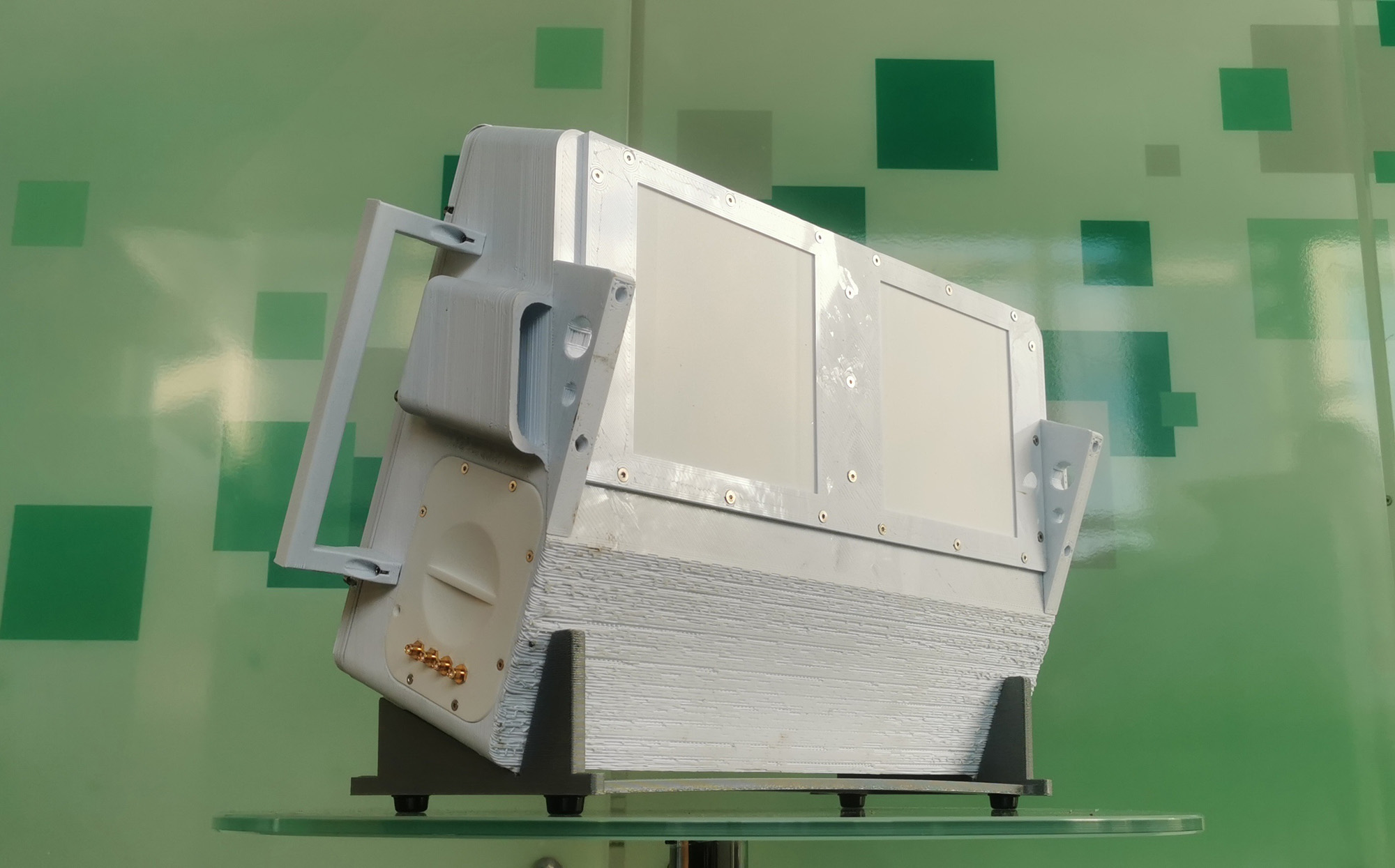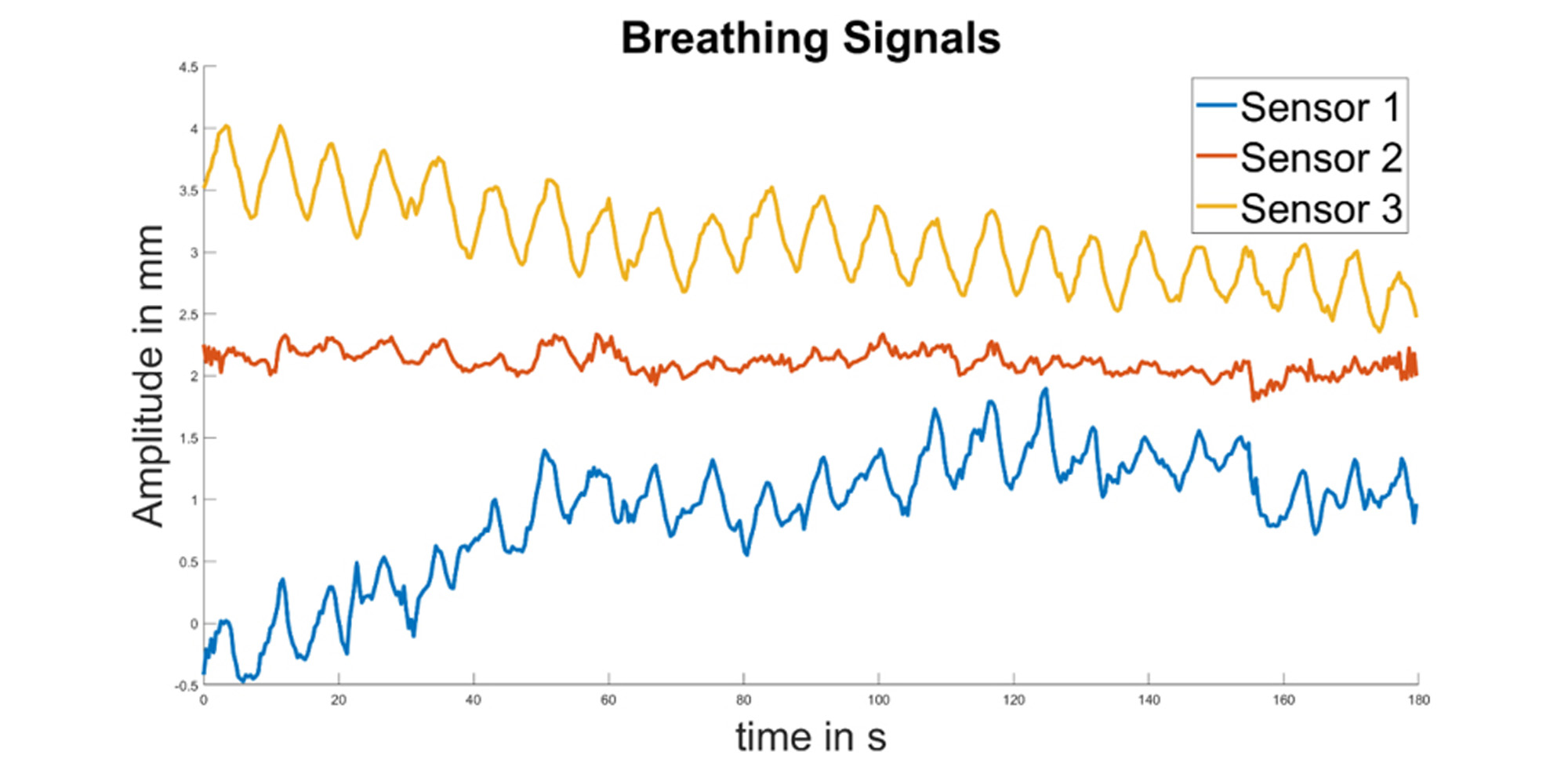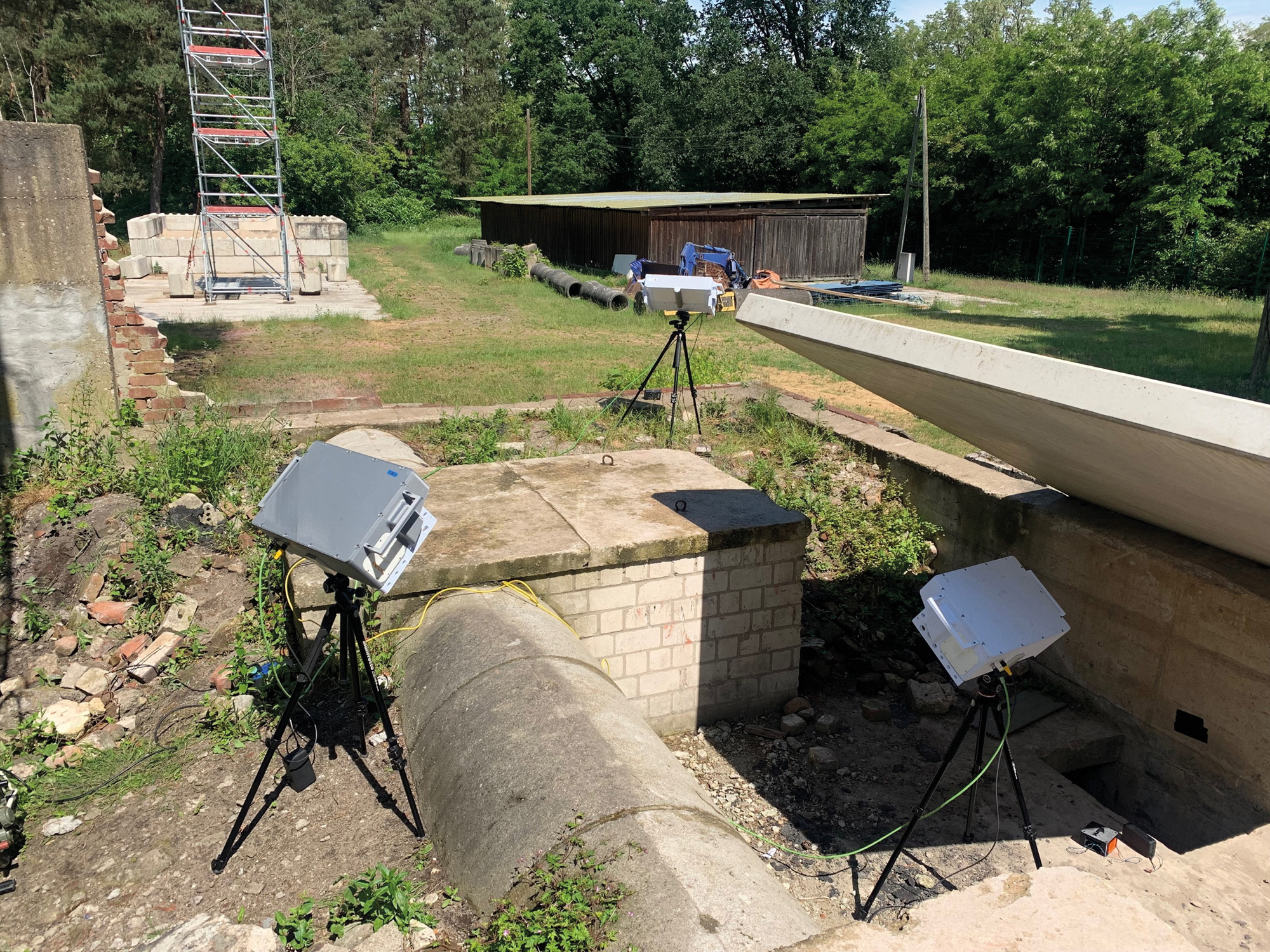Locating buried victims quickly and precisely via radar



When people are buried by debris, every second counts. For the first time, the LUPE+ radar system can detect the breathing movements of survivors and pinpoint their exact position.
When rescue services are faced with the rubble of a house or even several buildings that have collapsed due to earthquakes, gas explosions or the ground being washed away by heavy rain, it is difficult to guess where buried people have survived and are waiting to be rescued. But fast and, above all, targeted help is needed. In the joint project LUPE+, Fraunhofer FHR has therefore developed a sensor network together with the German Federal Agency for Technical Relief and indurad GmbH: With this, signs of life of buried persons can be detected and the persons localized. The special feature: Unlike previous systems, which are complex to set up, require long measurement times - and where it is not possible to localize the buried person - the novel system can be set up in a very short time, and the measurements themselves take less than a minute.
High transmission power required
The sensor network is based on several MIMO radar sensors that operate in the frequency range from 1.1 GHz to 1.4 GHz and are connected to form a coherent - i.e. a frequency- and phase-equal - network. MIMO stands for »multiple input, multiple output« and means nothing more than that multiple transmitting and receiving antennas are used. indurad GmbH took care of the wireless coherent synchronization of the individual modules. On the one hand, the researchers from Fraunhofer FHR developed the hardware: for example, an antenna that uses both polarization directions and thus also detects signals whose polarization has been rotated due to debris. The tricky part was to provide sufficient transmitting power, since the reflected signals should still be detectable despite high losses due to the debris. The researchers achieved this by using an output power of 28 decibels milliwatts - which is above the permissible limits, but not a problem in the event of a disaster. Fraunhofer FHR was also responsible for signal processing. Here, the focus was on new approaches to detecting the minimal movements generated by breathing in the chest, as well as localizing the injured.
First test measurements successful
At the THW test site, the sensors have already been allowed to show what they can do: A »buried« person was lying in a concrete bunker - three wirelessly synchronized sensors placed around the bunker were able to measure the respiration rate and localize the person. A result that not only Fraunhofer FHR, but also the employees of the rescue organization considered very promising. In further steps, the researchers want to further optimize the evaluation by AI-supported methods and further develop the system to an operational system.